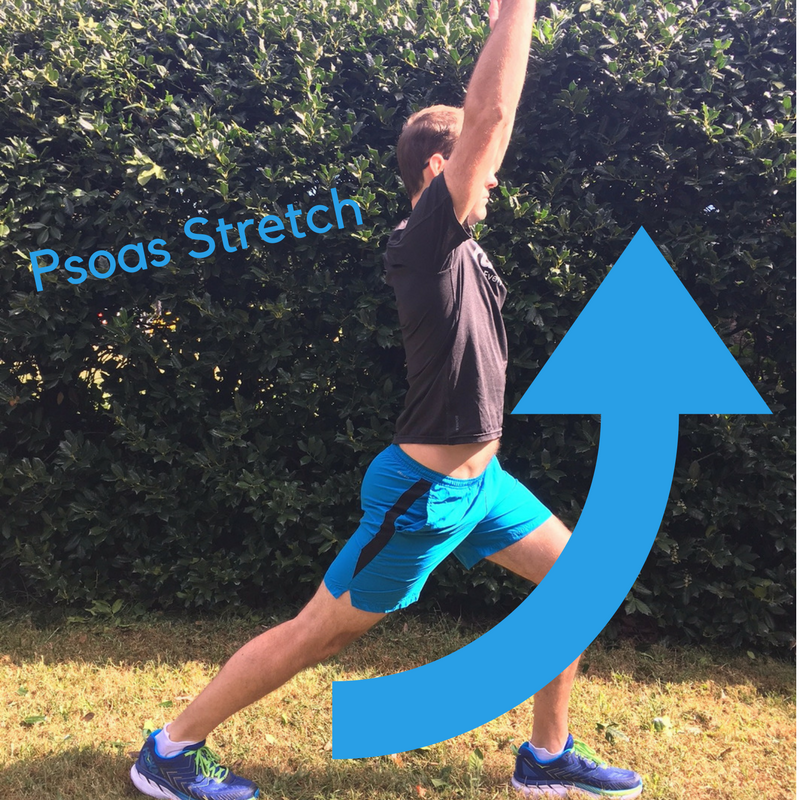#1 Stretch for Low Back Pain
Chronic low back pain is a chronic problem in the United States and although there are many reasons for low back pain, a major contributor is a tight, weak psoas muscle.
The Psoas Muscle (pronounced so-az) consists of 2 parts, the psoas major and psoas minor and they are located on both sides of the body. As seen in Figure A.
This muscle is a large culprit in many people with low back and hip pain, because it stays contracted/tightened most of the time. It is a deep seated core muscle. Every muscle has a unique action that it performs, the main action of this muscle is to flex the hip, like in a sitting position, it brings the hip towards the body.
Tight/Weak Psoas is caused by:
- Chronic Sitting- the majority of people are sitting down for over 10 hours a day, from commuting to work, watching TV, or using a computer
- Weak Pelvic Floor Muscles- especially seen in postpartum women who start exercising too soon after delivery
- Weak Abs & Glutes
Signs of Tight/Weak Psoas:
- Difficulty standing up after prolonged sitting. People with a tight psoas often stand up with a hunched-over back due to the tension.
- Biking or running cause hip and groin pain and tightness.
- Uncomfortable at night unless you curl one or both legs up towards your chest.
- Chronic Constipation
- Bursitis or pain in hip joint
- Sway Back
- Sciatic Pain
How to Keep Your Psoas Happy:
- Perform this stretch daily on both sides of the body (you can even do it while watching T.V.)!
- Take a few deep breathes and feel for a slight pulling in the front of the hip.
- Below you will see Dr. Scott Heppe demonstrating 3 different versions of the psoas stretch.







